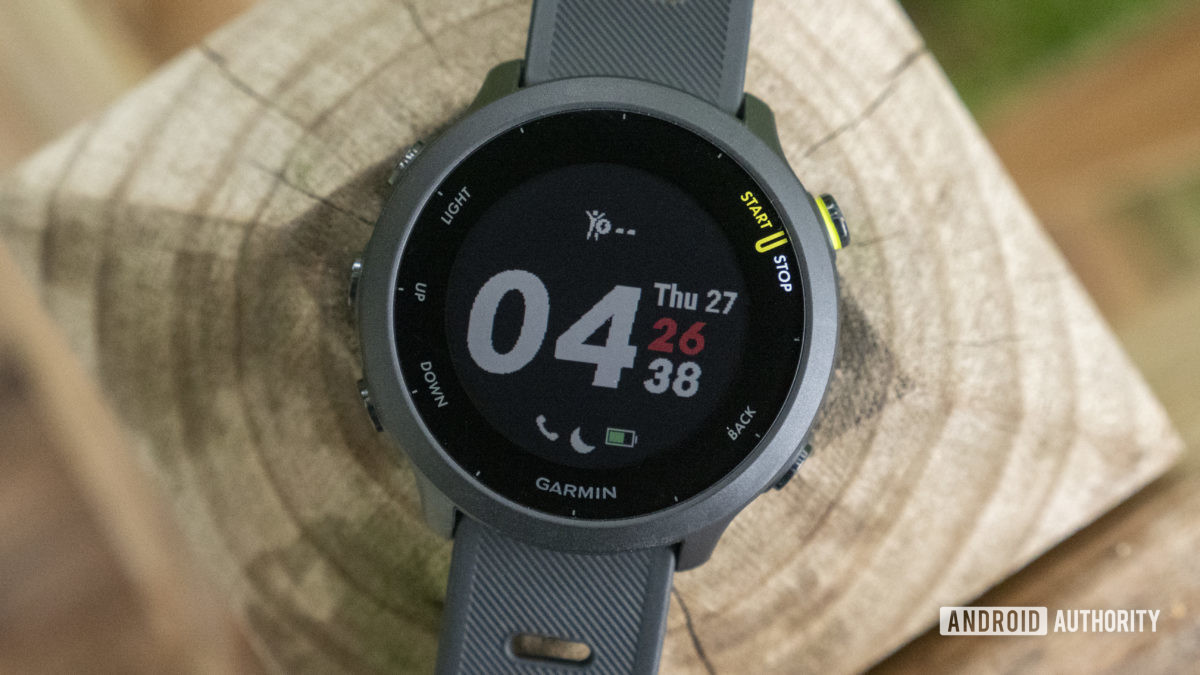
Feature creep is a common problem in the tech industry. Companies want to offer more bullet points than their rivals, and in many cases, that actually does result in superior products. But it also keeps prices artificially high and sometimes makes devices unnecessarily complicated — consider the sheer number of options once crammed into flagship Samsung phones. The more complicated something is, the more likely it is to break, be harder to use, or cost a fortune.
That’s increasingly true with fitness trackers, to the point that newcomers may have no idea what technologies actually do, much less which ones they need. Before shopping, it’s wise to come armed with a list of mandatory hardware features versus those that are merely nice to have.
Must-have features for any fitness tracker
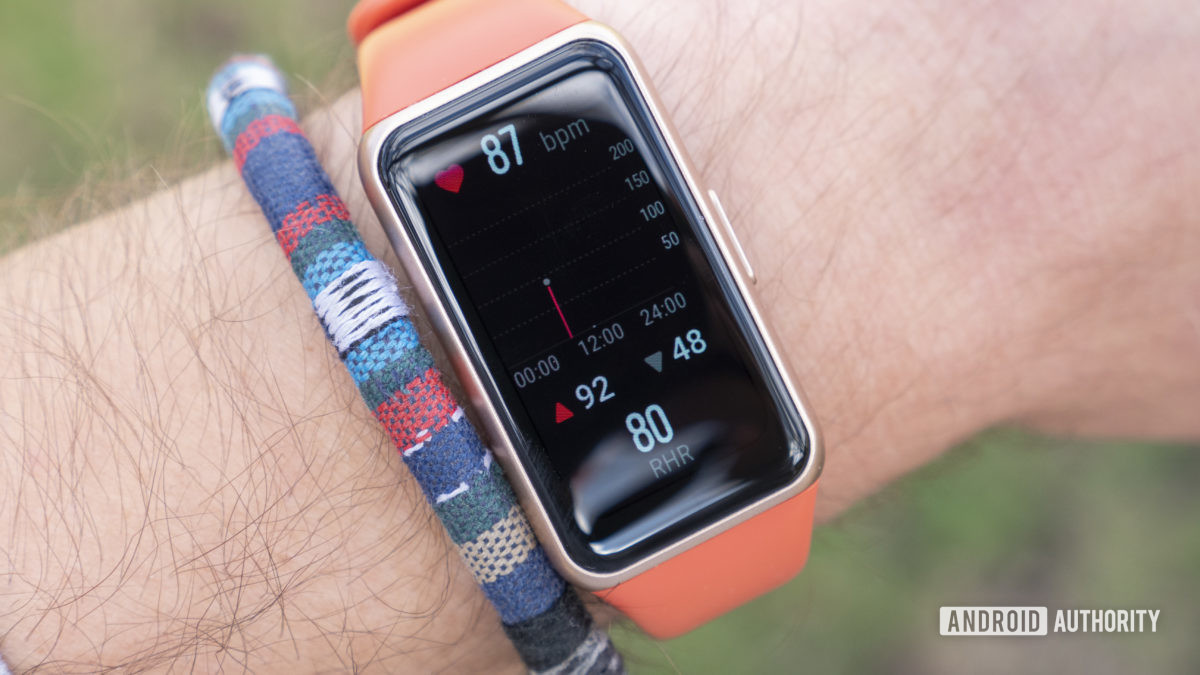
The most critical item is a heart rate (HR) sensor. Motion sensors convey a general sense of fitness but tend to be biased towards cardio workouts like running and walking, providing only the roughest possible calorie burn estimate. Comparing resting and active heart rates can help people understand their overall fitness level and heart health. On devices like the Apple Watch, HR can even provide warning signs of atrial fibrillation, i.e., irregular heart rhythm.
Maximum consumer-level accuracy for HR can be found via an optical armband or an ECG-based chest strap. You can easily skip those if you want smartwatch functions, however. In fact, there are some very reliable wrist-based options from makers like Apple, Garmin, Polar, Suunto, and others.
Next on the priority list is a rugged or durable design. At a bare minimum, a device should be IPX4 water-resistant, which means it can resist sweat and light rain. More realistically, you should demand at least an IP68 rating to protect against dust, submersion, or taking a shower. You’ll want a 5ATM rating (or higher) if you intend to wear a tracker while swimming, which you can find on most fitness wearables nowadays. While many wearables have water resistance ratings, that hasn’t always been the case. Keep this in mind if you’re buying an older model.
See also: Waterproof tech: Everything you need to know about IP and ATM ratings
Battery life should be considered according to personal needs. For general-purpose smartwatches, 24 hours is typical and sufficient — you’ll just have to charge every day. If you want to try sleep tracking, it’s better to find something with at least 48 hours, preferably closer to five days. If you frequently participate in marathons or week-long camping trips, it’s time to start looking at brands like Garmin or Coros, which offer devices with weeks of power. A few Garmin watches even include solar charging, which doesn’t enable infinite life but can stretch it out.
Essentials for select people
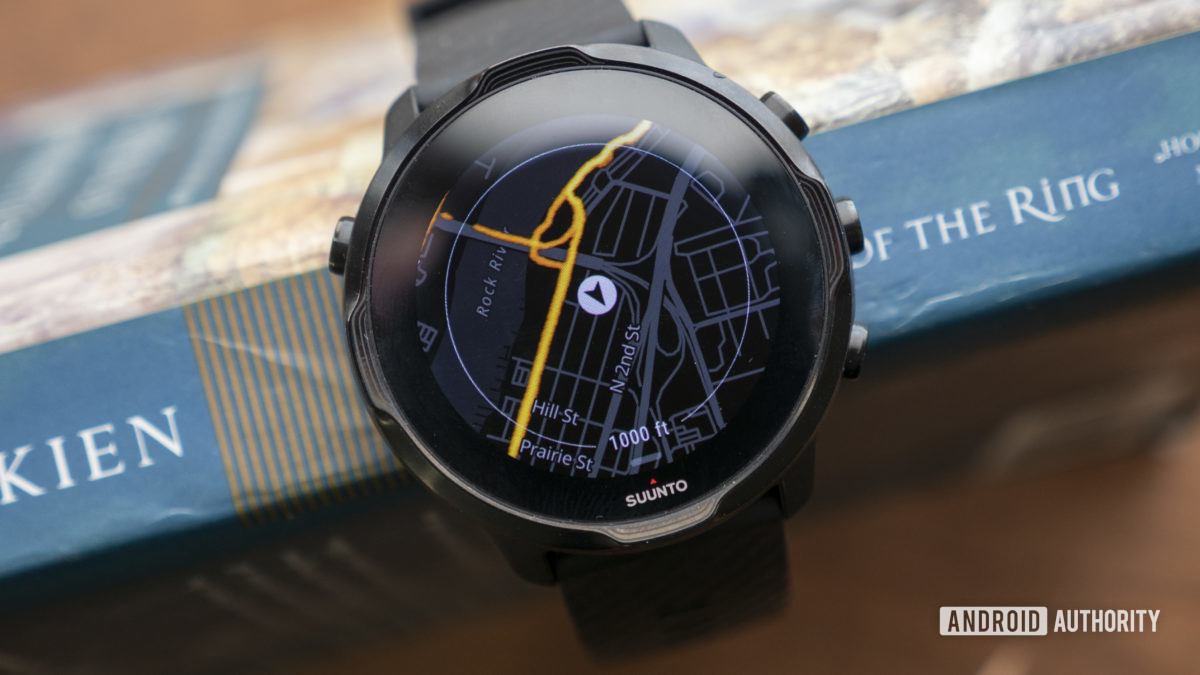
These days, GPS location tracking is almost non-negotiable for users into running, hiking, or cycling. Depending on your home turf, you may also want support for the Galileo (European) and GLONASS (Russian) satellite networks. Note that if you’re planning to navigate phone-free, you’ll want a tracker with offline maps, which can mean more expensive devices from brands like Garmin and Suunto.
Related: How do GPS, GLONASS, and BeiDou work in wearables?
Cellular can be handy, but it’s less important than you might think. If you’re out with your tracker, chances are you have your phone too. If you don’t, you’re probably on a run or a ride, and offline caching of music, podcasts, and/or workout data may be enough. Cellular is most useful to people who can’t bring their phone yet need to stay in constant contact or be linked to live navigation data. If communication is vital, you’ll also want phone notification support and possibly the option to reply directly to messages.
A pulse oximeter (a.k.a. an SpO2 or blood oxygen sensor) is normally just a perk, despite the recent hype for it in the industry. The tech measures oxygen saturation in the blood, which can be useful to athletes gauging performance through a statistic known as VO2 max. A few companies, namely Fitbit and Withings, are turning to sleep apnea detection. Otherwise, an oximeter is only good for specific medical concerns — if saturation regularly falls below 90%, it’s time to see a doctor.
A compass, altimeter, and/or barometer are all more widely equipped and should generally be sought after for the sake of accurate elevation and movement data. They’re especially valuable when you’re trekking in the wilderness and need to know which direction to head in before a storm rolls in. They can be ditched, though, if you’re into stationary activities like weightlifting or yoga.
Pure luxuries
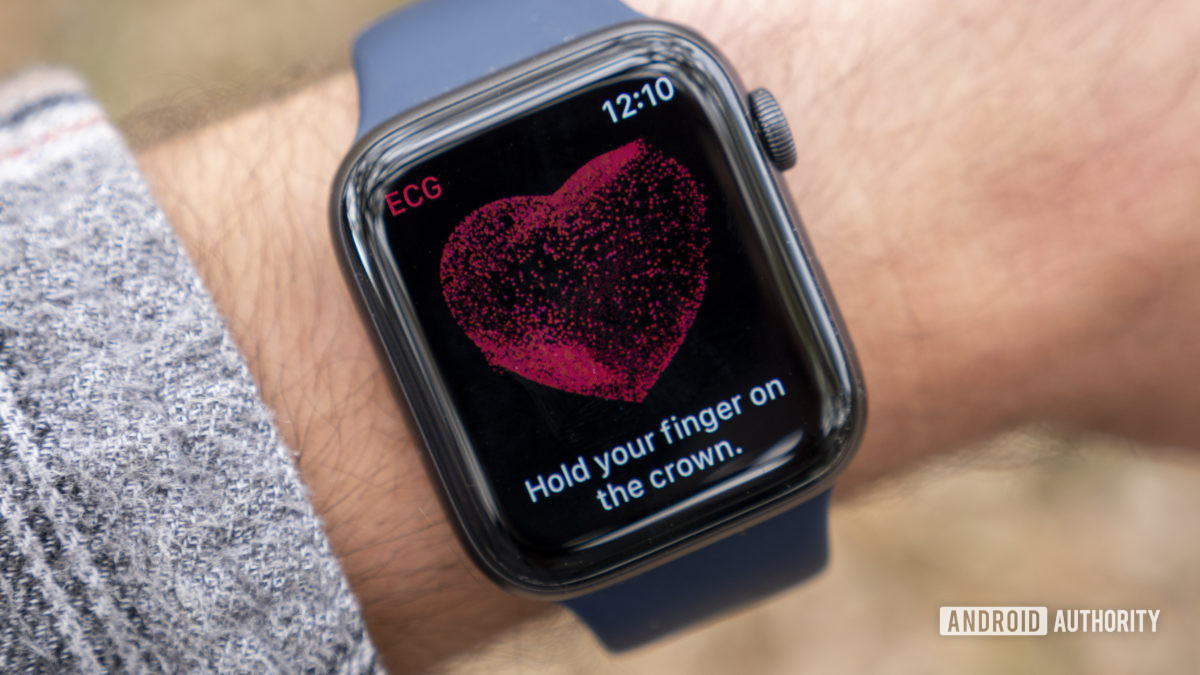
Something hyped on a few recent wrist trackers is ECG (electrocardiography). Chest straps employ ECG to measure general heart rate activity. Still, in practice, wrist-based implementations are only useful for catching extreme heart rate variability and/or atrial fibrillation (AFib), requiring you to sit still for several seconds with your finger on a node. Don’t worry about ECG on your wrist unless you suspect heart problems.
A few trackers offer on-device workout coaching, which is an admirable idea but not for everyone. First off, any coaching-capable tracker — requiring a display, adequate processor power, and storage — will still have limited animation capabilities and a small screen size. If you’re just starting, it’s preferable to work with an in-person trainer to establish form or combine a structured workout plan with video tutorials. Veterans will already know what they’re doing and have bigger goals — you won’t see Fitbit teaching people how to squat 400 pounds. Integrated coaching works best in the middle ground, where people have learned basic concepts but need a push to make the most of them. An exception to this is any Couch to 5K/10K/Marathon-style program. Running form isn’t that complicated at the amateur level, so progress is more about pacing and conditioning.
A few trackers offer native workout coaching, which is an admirable idea but not for everyone.
Sleep tracking has three hardware requirements: motion sensors, HR sensors, and (as said earlier) enough battery life to last the night. This falls under the “luxury” category because the only people who need it are those trying to diagnose restlessness. Even for the average person, wearing a tracker to bed can offer a superior wake-up experience. Some devices can be set to wake you in a light sleep phase, and even if they can’t, a vibrating wrist will definitely get you out of bed faster without disturbing anyone. Garmin offers a related software metric called Body Battery, which combines HR, stress, and activity data to score energy reserves.
A mic for voice assistants is only meaningful if the rest of your tech is hooked into the same platform. An Alexa or Google Assistant user, for example, could turn on the lights, music, and fan in their home gym with a single command. If all you’re doing is stopping and starting workouts, it’s not worth spending a premium on voice tech by itself.
Final shopping tips
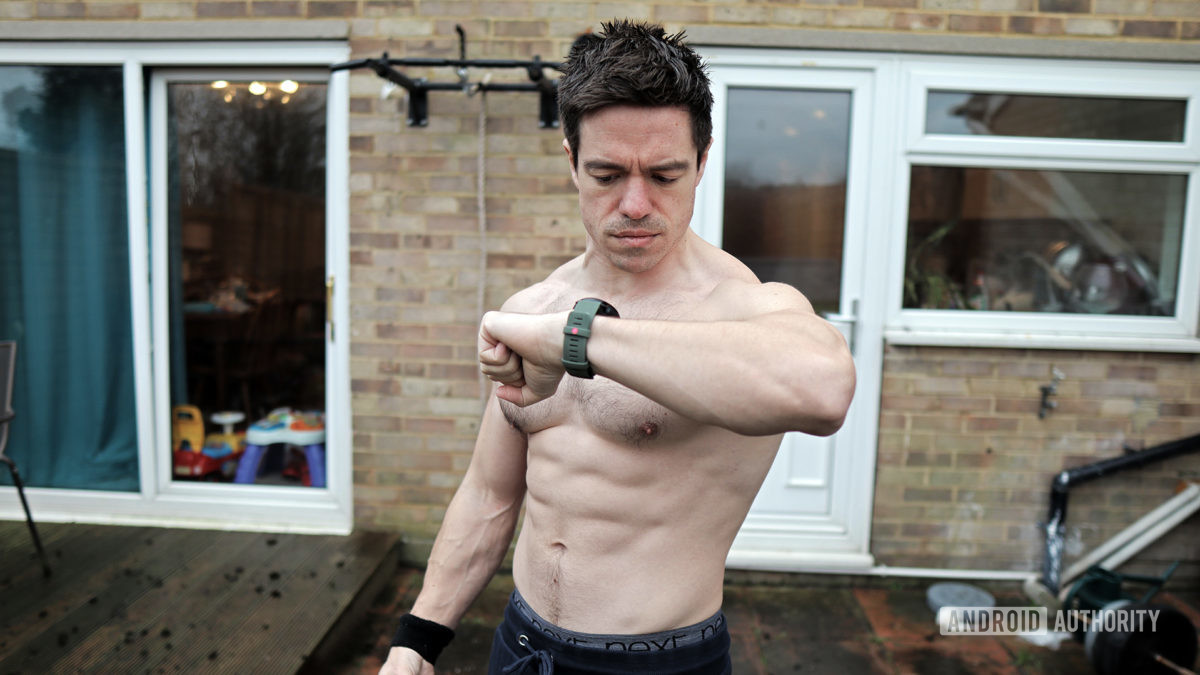
Hardware features alone shouldn’t decide what you buy. Once your requirements are established, the next steps are to consider reviews, brand reputations, and the quality of associated phone apps. There are many cheap generic fitness trackers on Amazon, but a more expensive model from a popular brand will pay off in terms of durability and app support. Android users, for example, should insist on something hooked into Google Fit.
Indeed the app experience is essential — data is meaningless as a confusing jumble of statistics. A quality app rates your fitness in practical terms, explains what different figures mean, and challenges you to do better. The best apps guide you on a long-term journey, offering tips and workout plans you’ll eventually graduate from. We suggest test-driving the apps for any devices you’re considering or at least checking out their reviews and screenshots.
While brand names can cost more, seeing through feature creep may still save you some cash. It can, for instance, be tempting to buy the most powerful tracker within your budget, but even pros know that some accessories are overkill. If you need further help choosing fitness gear, be sure to check out these articles: